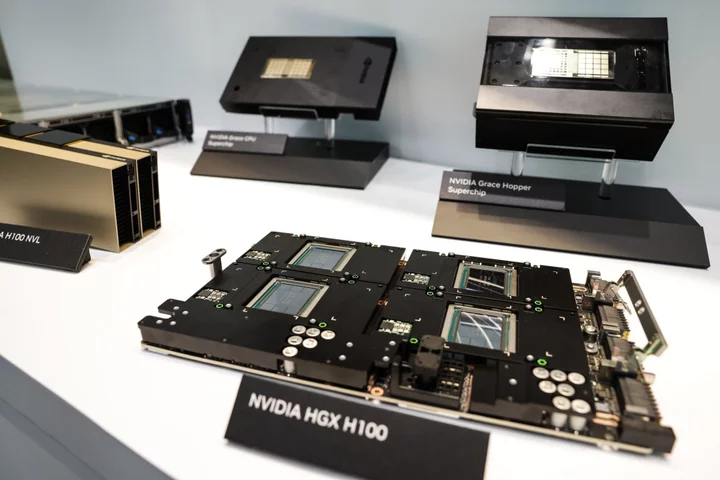
Cloud Startup Fly.io Raises $70 Million in EQT-Led Round
Fly.io, a tech startup whose public cloud infrastructure enables developers to deploy applications, has raised $70 million in
2023-06-28 22:46

Julius Baer Heads to Dubai in First Expansion of Crypto Ambitions Beyond Switzerland
Julius Baer is expanding its crypto wealth management services in Dubai, marking the firm’s first major digital-assets push
2023-06-28 22:45
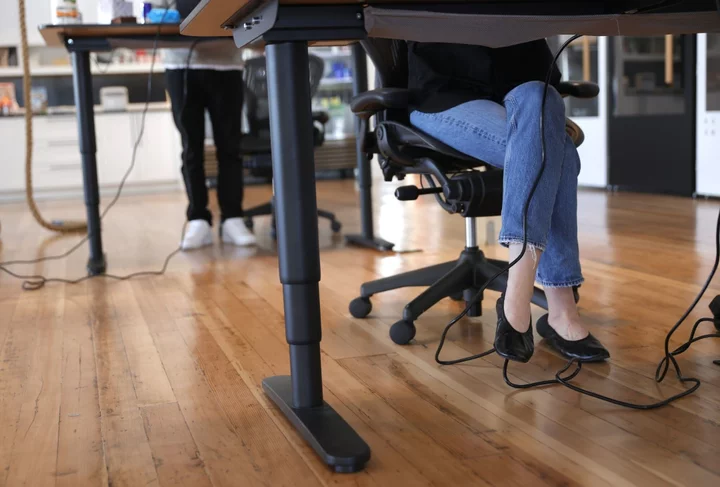
The Gender Pay Gap Starts Even Before You Get Hired
Nathalie Ramirez Rojas spent the spring of her junior year at Baruch College splitting her time over two
2023-06-28 22:29
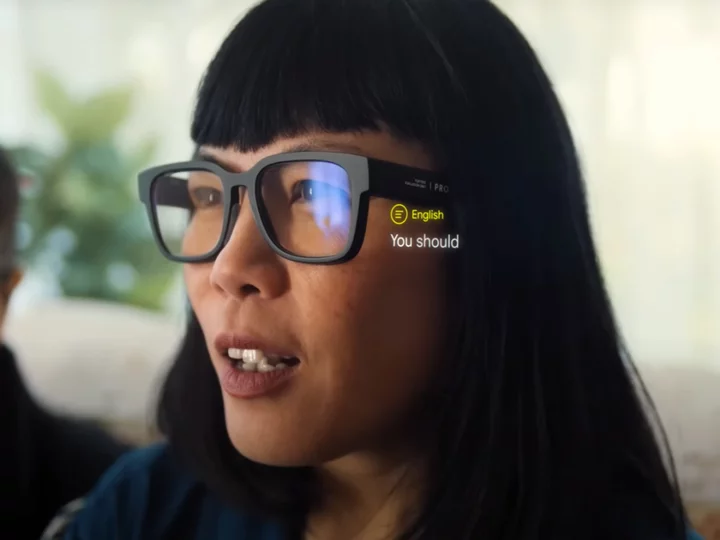
Google kills its AR rival to Apple Vision
Google has scrapped its latest augmented reality (AR) headset that was meant to rival headsets from Apple and Meta, according to reports. The search giant’s ‘Project Iris’ was abandoned earlier this year, Insider reported, making it the second major set of smart glasses to be ditched following Google Glass. The latest AR glasses were first teased last year at Google I/O, with a video showing wearers using the device to translate conversations in real-time. “What we’re working on is technology that enables us to break down language barriers,” Max Spear, a product manager at Google, said in the video. “Making access to information just instant and intuitive, and by doing that technology fades into the background.” Since the glasses were teased, Apple has unveiled its Vision Pro headset and Meta has shown off its latest Quest 3 goggles, which will be available later this year. Google’s aborted project comes eight years after the firm discontinued its Glass smart glasses for consumers, and just months after it stopped producing the enterprise version. It follows the departure of Clay Bavor, Google’s chief of augmented and virtual reality, with the company’s focus now switching to AR software rather than hardware. One AR software platform is Android XR, which is being built for a headset under development at Samsung. A Micro XR platform is also rumoured to be in the works, which is expected to run on AR smart glasses rather than larger mixed reality goggles. One unnamed employee told Insider that Google was aiming to created the “Android for AR”, referring to the tech giant’s hugely popular mobile operating system. A spokesperson for Google declined to comment. Samsung announced at its Galaxy Unpacked event in February that it had partnered with Google and Qualcomm to make a mixed reality platform. No details were given about what the product might look like, with the company saying more information would be given later this year. “We are working to create a new era of highly immersive digital experiences that blur the line between our physical and digital worlds,” said Qualcomm’s Cristiano Amon. “With our Snapdragon XR tech, Samsung’s amazing products, and Google experiences, we have the foundation to make this opportunity a reality.” Read More ‘I saw the future. It left me in tears’ Apple releases urgent update to iPhone and iPad users Apple starts letting developers make apps for its upcoming headset The Apple Watch is getting some major changes this year – here’s why
2023-06-28 22:25
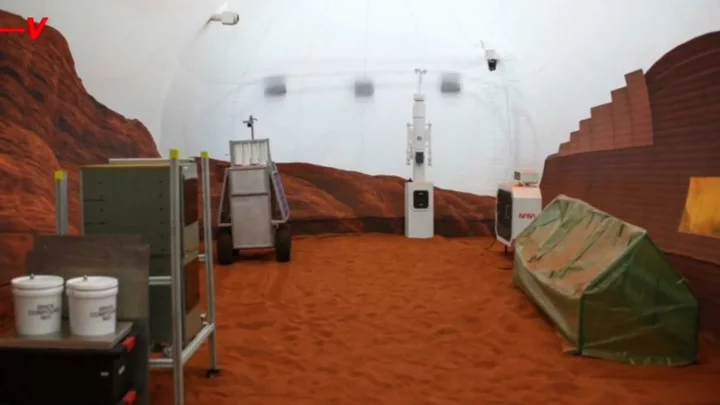
Four Nasa volunteers are living on 'virtual Mars' for the next 12 months
Would you sign up to live in isolation for a year, all in the name of furthering scientific research? Probably not, we’re guessing, but that’s exactly what four NASA volunteers have agreed to do over the next 12 months. The participants will live in an environment created to simulate conditions on the surface of Mars as part of NASA's Crew Health and Performance Exploration Analog for 378 days. The people involved are research scientist Kelly Haston, structural engineer Ross Brockwell, emergency medicine physician Nathan Jones and US Navy microbiologist Anca Selariu. Sign up to our free Indy100 weekly newsletter The simulation has been built at the Johnson Space Center in Houston, Texas, and will see the four volunteers undertake a series of tasks as part of the exercise. Data collected over the next 12 months will help to inform future missions to send astronauts to Mars. During that time, the guests will take part in activities such as crop growing as well as simulated spacewalks and other operations. The 3D-printed hub they’ll spend their time in contains a kitchen, sleeping areas, two bathrooms as well as work and recreation spaces. The mission will also see the guests faced with simulated obstacles, which are designed to test responses to equipment failure, communication delays and other issues. Speaking at a recent briefing, the mission's principal investigator at NASA Grace Douglas said: “Thank you all for your dedication to exploration. Our best wishes go with you." Haston also spoke, calling her fellow participants an "amazing group of dedicated individuals who feel very passionate about space exploration and science." "The crew has worked so hard this month to get ready for this mission," Haston added. "It has been very special to be a part of such a tremendous group of scientists and specialists from a diverse set of backgrounds working together to bring CHAPEA 1, the first of three missions, to reality." Have your say in our news democracy. Click the upvote icon at the top of the page to help raise this article through the indy100 rankings.
2023-06-28 21:59
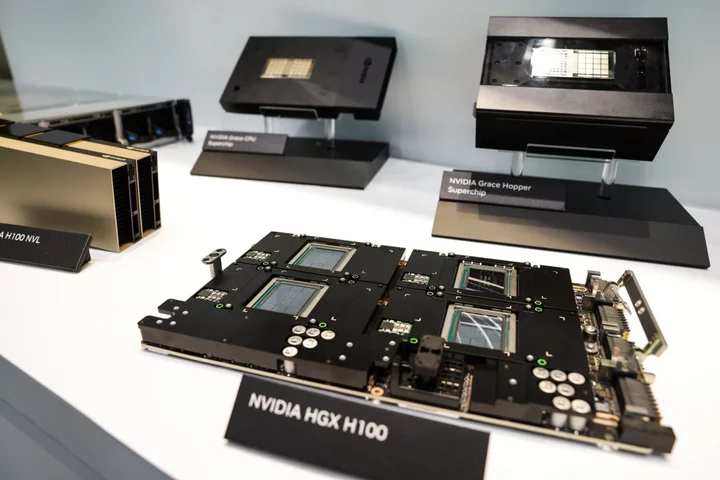
Startup Fly.io Raises $70 Million in EQT-Led Round
Fly.io, a tech startup whose public cloud infrastructure enables developers to deploy applications, has raised $70 million in
2023-06-28 21:58

Microsoft Teams down: Office chat app not working in the middle of the working day
Microsoft Teams, the popular workplace chat app, has gone down in the middle of the working day. Users complained that they were unable to get online or talk to colleagues in what appeared to be a widespread outage. But soon after the problems were identified, many appeared to be able to get back online again. The problems began around lunchtime in the UK, and around the time that many in the US are beginning work, according to tracking website Downdetector. Numerous users complained on that site and elsewhere that they were unable to get online, particularly using their browser. Many of those users were hit by a mysterious message reading: “Operation failed with unexpected error”. Others saw similarly vague messages about not being able to connect to the internet or indistinct error codes. Microsoft confirmed on its official account that it was aware of an issue where “some users may be unable to access Microsoft Teams using web browsers”. But numerous users complained that they were unable to get online through the desktop app, either.
2023-06-28 21:50

Crypto’s Most Powerful Woman Speaks Out as Crisis Rocks Binance
One senior Binance executive has managed to stay out of the global spotlight over the past six years
2023-06-28 21:48

Kosovo media guide
An overview of the media in Kosovo, including links to broadcasters and newspapers.
2023-06-28 21:26

Planning an EV Road Trip? Good Luck Finding a Hotel With a Charger
The journey is no longer the major pain point for electric car drivers embarking on the great American
2023-06-28 20:46
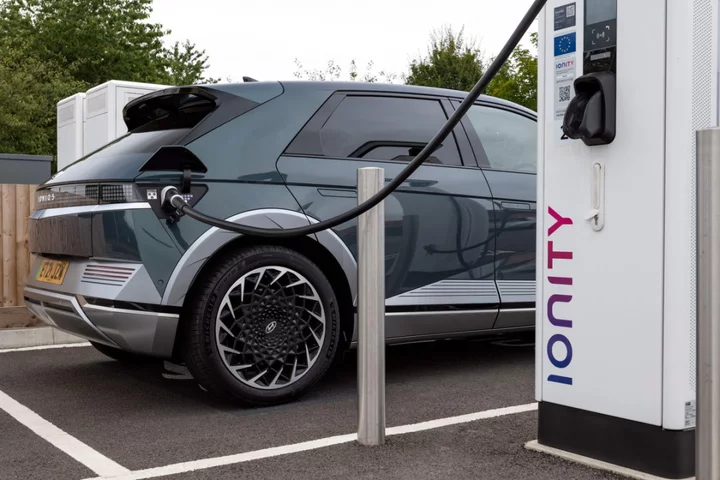
The different types of public EV chargers explained
Hyundai and Toyota have both come under fire recently by the Advertising Standards Authority (ASA) over ads detailing the two firms’ quick charging times. The ASA found that the car adverts relating to Hyundai’s Ioniq 5 and Toyota’s bZ4X were ‘misleading’, due to many variables and limitations at play, especially when it came to the availability of the quickest EV chargers. But what are the different types of public EV chargers in the UK, how long can you expect a typical EV to charge with each and what is the availability of each type of charger like? Here we explain. AC slow charging – speeds up to 6kW There are two main types of EV charger – alternative current (AC) and direct current (DC). The first is used for slower charging, with the latter adopted for quicker speeds. If you’re in no rush, what’s classed as a ‘slow charger’ is the best bet. These are rated at speeds up to 6kW, and are ideal for if a car is parked up for an extended period of time. They are typically found in on-street chargers, including those in lamp posts. Let’s use Hyundai’s Ioniq 5 as an example. When equipped with the smaller 58kWh battery (an average size for an EV’s battery), it would take 16 hours to complete a charge. ‘Slow’ units are the second most popular type of charger in the UK. According to data from Zap-Map, one of the leading EV charging navigation firms, as of the end of May 2023, there were 10,699 slow chargers across Britain. AC fast chargers – 7kW to 22kW The most popular type of charger in the UK is what’s known as a ‘fast charger’. Rated between 7kW and 22kW, the smaller number is the most common type. These are often found in places where cars are usually stopped for several hours, such as in shopping centre and workplace car parks. The 7kW output is the typical output of a specific home EV charger, and with the Ioniq 5, it would take nine hours for a full charge. If you hooked up to a quicker 22kW charger, the time is reduced to six hours. According to Zap-Map data, there are 24,443 fast charging points currently in the UK. DC Rapid charger – 25kW to 99kW If you’re looking to speed things up a notch, it’s worth trying to find what’s known as a ‘rapid charger’. These are rated between 25kW and 99kW, though 50kW is the most common output. Often found in the car parks of supermarkets and fast food outlets, it would take around 45 minutes to charge the Ioniq 5’s 58kWh battery, according to Hyundai’s data, with one of these units. . As of May 2023, there were 5,182 rapid electric car charging points located across the UK. DC Ultra-rapid charger – 100kW + If you’re looking to top up an EV’s battery as quickly as possible, it’s an ultra-rapid charger that are the one to find. These are rated from 100kW upwards. They are typically found at motorway service stations, though specific EV hubs are now being set up with banks of these quicker units. Most Porsche dealers also have 350kW units, which are available to use by the public. It’s worth noting that every EV will have a maximum charging speed, with some older electric cars – or those with a smaller battery – having a maximum charging speed of 50kW, meaning there’s not a lot of point in using an ultra-rapid charger over a standard ‘rapid’ as it won’t charge it any quicker. But the Ioniq 5 is one of those that can charge at up to 350kW, however, meaning that in ideal conditions, it could take just 18 minutes to charge the battery to 80 per cent capacity. The trouble, however, as the ASA pointed out, is that there is limited availability of 350kW units. While, according to Zap-Map data, there are 3,302 ultra-rapid chargers across the UK, there are only around 70 individual locations across the whole of the UK that have 350kW chargers. The whole of Scotland, for example, has just six places that can deliver such charging speeds, while there are only three in Wales, and all of them are located in the south. Read More Charity boss speaks out over ‘traumatic’ encounter with royal aide Ukraine war’s heaviest fight rages in east - follow live Emergency number back in use after nationwide technical fault Windrush trolls taken down after public criticism Meta rejects accusation of censorship of language around female body
2023-06-28 20:20

Scientists claim human ancestors lived alongside dinosaurs
It turns out that human ancestors and dinosaurs could have actually co-existed, according to new research. Scientists have produced a study which suggested that placental mammals were around before the asteroid that brought an end to the Cretaceous period hit Earth 66 million years ago. A new paper published in the journal Current Biology claims that fossil records of placental mammals suggests that our ancestors roamed the Earth before the extinction event, and later flourished due to the lack of competition from dinosaur species afterwards. According to the research, primates evolved shortly before the asteroid hit. Sign up to our free Indy100 weekly newsletter Lead author Emily Carlisle of Bristol’s School of Earth Sciences said: “We pulled together thousands of fossils of placental mammals and were able to see the patterns of origination and extinction of the different groups.” Carlisle added: “Based on this, we could estimate when placental mammals evolved.” “The model we used estimates origination ages based on when lineages first appear in the fossil record and the pattern of species diversity through time for the lineage,” co-author Daniele Silvestro from the University of Fribourg shared. While we don’t have a full picture of what human ancestors looked like at that time, it’s thought they “were small and squirrely”. Carlisle said: “Unfortunately we don’t know what our placental mammal ancestors would have looked like back then. “Many of the earliest fossils of placental mammals are quite small creatures such as Purgatorius – an early ancestor of primates – which was a small burrowing creature a bit like a tree shrew. So it’s likely that many of our ancestors were small and squirrely.” Have your say in our news democracy. Click the upvote icon at the top of the page to help raise this article through the indy100 rankings.
2023-06-28 19:56
